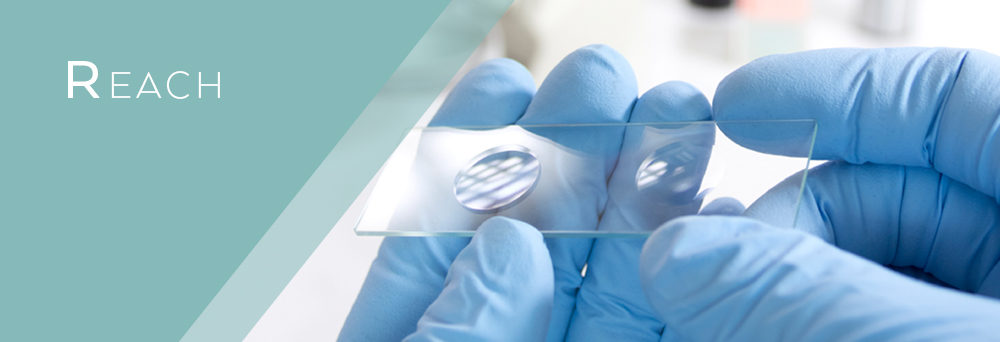Glass for Europe statement on
Status of flat glass products under the REACH regulation
The REACH regulation, Regulation 1907/2006/EC on the Registration, Evaluation, Authorisation and Restriction of Chemicals, is the European Union’s regulatory framework on chemicals and their safe use. Among other provisions, it requires manufacturers and importers to gather information on the properties of their chemical substances or those they use so as to allow their safe handling.
Due to the wide-ranging implications of this regulation and its links with other regulatory requirements, Glass for Europe would like to shed light on the status of flat glass products and its constituents under the REACH regulation.
Final glass products manufactured and put on the market by flat glass manufacturers are considered as ‘articles’ under the REACH regulation. Under this status, flat glass products[1] are thus not subject to registration or pre-registration and flat glass manufacturers do not have to provide safety data sheet.
The primary material glass is the main constituent of final glass products. Under the REACH regulation, glass is classified as a ‘UVCB substance’, i.e. a substance of unknown or variable composition, complex reaction products or biological materials. According to the provisions of annex V.11 of the REACH Regulation, so long that glass does not contain any of the listed substances[2] above the concentration limits and that these substances are not available[3], glass, as a UVCB substance, is exempt from registration.
Raw materials used during glass manufacturing undergo a physical and chemical process (melting) where they are transformed into a new substance, namely glass. These raw materials are no longer present in the newly formed glass substance. They cannot be either isolated or released. For this reason, raw materials are considered as ‘intermediates’, i.e. transported isolated intermediates, according to article 3.15 of the REACH regulation.
That being said, flat glass manufacturers are downstream users of various substances and mixtures. It is therefore their responsibility to ensure compliance with the classification, labelling and packaging (CLP) regulation and that suppliers abide by the REACH Regulation. In particular, flat glass manufacturers take care that the raw materials subject to registration are fully registered by their suppliers.
In the case of hazardous substances and substances of very high concern (SVHC) – substances that become subject to authorization by the European chemical agency, ECHA – suppliers of these substances have to provide customers and downstream users with a Safety Data Sheet, c.f. article 31 of the REACH regulation. Flat glass manufacturers do their utmost to avoid using such substances of very high concern and/or to minimize their use.
Only in the event that a glass ‘article’ (i.e. final glass product), contains a concentration of SVHC of above 0.1% by weight, then glass manufacturers are required to communicate all relevant information to their clients, pursuant to article 33.1 of the REACH regulation, and, in some cases, also to notify ECHA[4]. Under the current status of SVHC and to the best of Glass for Europe’s knowledge, none of the flat glass products made available on the market currently reach the SVHC concentration threshold of 0.1% by weight. Should it become the case in the future, flat glass manufacturers will of course comply with the above regulatory obligations.
***
► These statuses of final flat glass products, the glass substance and the raw materials under the REACH regulation must be borne in mind by all glass customers, processors, users and regulators. It is on this basis that flat glass manufacturers make sure to comply with all their legal requirements under the REACH regulation.
► Similarly, regulatory requirements laid down in other pieces of EU legislation referring to the REACH regulation must be applied to flat glass products under the above premises. As a matter of example, those CE-marked glass products for use in buildings which are not treated with other chemicals do not need to report any hazardous substances in the context of article 6.(5) of Regulation 305/2011/EU laying down the harmonized conditions for the marketing of construction products, considering that the substance glass is not in itself an hazardous substance and does not contain any other substance.
[1] Flat glass products means basic glasses and transformed products such as insulating glass, laminated glass, mirrors, etc.
[2] The listed substances are those meeting the criteria set in Directive 67/548/EEC and Directive 1999/45/EC.
[3] In accordance with the CPIV-TC13 procedure.
[4] In cases where the substance is manufactured or imported in quantities > 1t/year and the use has not already been registered.


